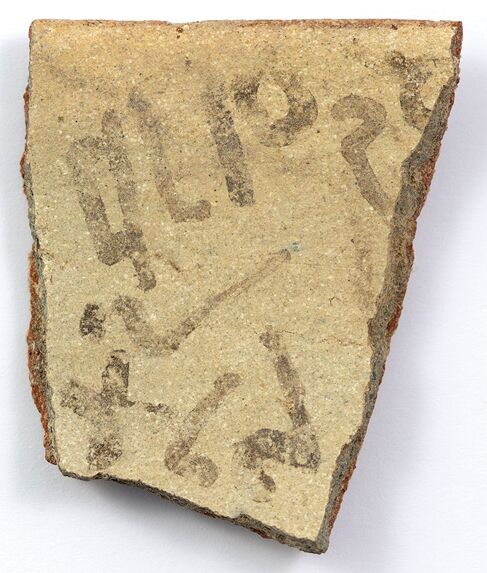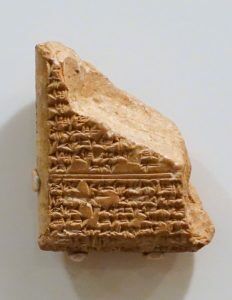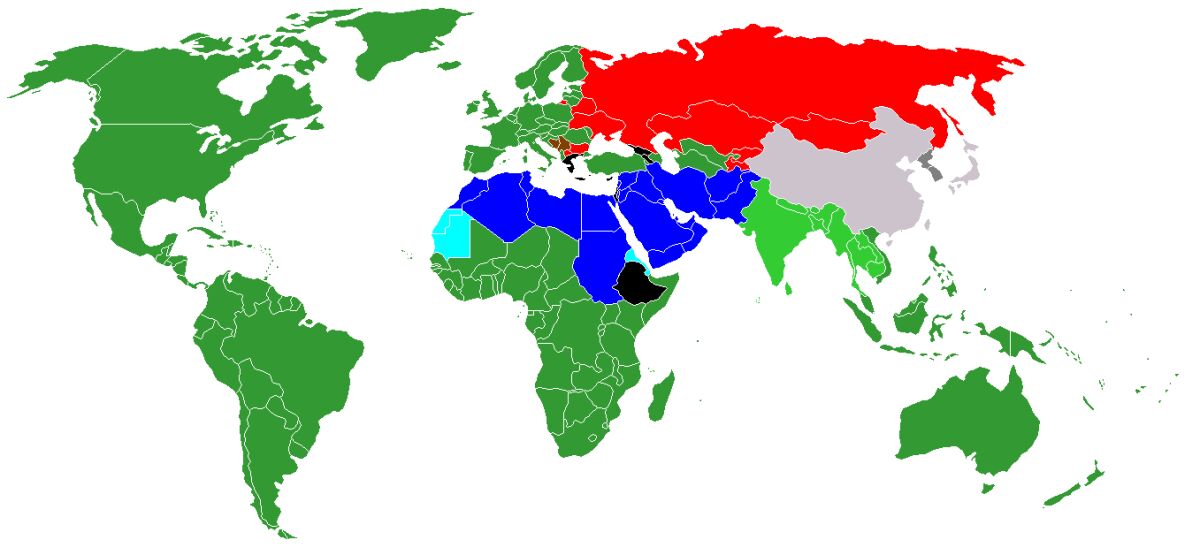Discovered: Earliest Alphabetic Script in Israel
On Thursday, researchers from Austria and Israel revealed the discovery of an inked potsherd inscription (ostracon) found at Tel Lachish. Given the 15th-century b.c.e. context within which it was found (circa 1450 b.c.e.), it is the oldest alphabetic script discovered in Israel.

The fragmentary nature of the inscription makes it incredibly difficult to translate—but researchers have suggested that the first line may read “slave,” and the second line, “honey/nectar.”
It has been hailed as a “missing link” to the development of the alphabet. The very earliest alphabetic inscriptions are from Egypt and the Sinai Peninsula, dating from around 1800 b.c.e. onward (many of which belonged to a Semitic slave community serving in Egyptian mines—more on this further down). However, until now, the earliest alphabetic inscriptions discovered in Israel/the southern Levant dated to the 13th century b.c.e. Other forms of writing are well known in Canaan at the time of the middle-second millennium b.c.e.—notably, the cuneiform of the Amarna letters.

As such, there has been a void in the archaeological record, permitting only speculation as to the journey and development of the alphabet that was used by the Israelites and surrounding nations. Some scholars theorized that the alphabet was brought to Canaan by the Egyptians at this very late date—during the 1200s b.c.e., or just prior.
Now we see that the alphabetic script was alive and well in the land some 200 years earlier, with this “oldest securely dated alphabetic inscription in the Southern Levant.” It was discovered by an Austrian team excavating at Lachish in 2018 (but has only now been revealed).
In the paper published online by Cambridge University Press, the authors (Felix Höflmayer, Haggai Misgav, Lyndelle Webster and Katharina Streit) draw the following conclusions (emphasis added):
[T]he proliferation [of the alphabetic script] into the Southern Levant probably happened during the (late) Middle Bronze Age and the Egyptian Second Intermediate Period, when a Dynasty of Western Asiatic [Semitic] origin (the Hyksos) ruled the northern parts of Egypt. The new early alphabetic inscription from Tel Lachish provides fresh evidence to contextualize the spread of the early alphabet within the period of Hyksos domination over the Nile Delta and its still enigmatic connections with Middle Bronze Age city-states in the Southern Levant. … We now can show that early alphabetic writing in the Southern Levant developed independently of, and well before, the Egyptian domination and floruit of hieratic writing during the Nineteenth and Twentieth Dynasties (the 13th and 12th centuries b.c.e.) (contra Naʾaman 2020).
The connection with the Hyksos is notable. This mysterious foreign Semitic people, originally from in or around Canaan, peacefully rose to great heights of power and rule in the kingdom of Egypt at the start of the second millennium b.c.e., before being violently turned upon centuries later—and fleeing Egypt. The connection with the biblical account of the Hebrews is evident (and the first-century historian Josephus asserts that the Hyksos, whose Egyptian title he translates as “shepherd kings,” were the Israelites). Interestingly, the Tel Lachish inscription is attributed to the period just following the Hyksos expulsion from Egypt (you can read more on this subject here). In this same vein, it is also notable that some of these earliest alphabetic inscriptions from Egypt and the Sinai belonged to what were clearly Semitic slaves serving in Egyptian mining operations.
As for the alphabet itself: The alphabetic form of writing was a revolutionary creation. One simple sound for one simple symbol—and only around two dozen of them. In an ancient world of complex hieroglyphs, cuneiform and syllabaries, with up to hundreds of different symbols to learn (and which only a dedicated scribal few could read), the alphabet really was a “working man’s language,” something that anyone could readily learn and use. (As such, it should be no surprise that First Temple Period Judah has been proved to have had a high literacy rate.) Today, this humble Semitic alphabet has grown to become the most widely used form of writing in the world.

This latest discovery, then, attests to the antiquity of the form of writing used by the Hebrews and surrounding peoples in the Holy Land. Writing that culminated, most significantly, in the Holy Scriptures that we have today—aptly characterized during the coronation of Queen Elizabeth ii as “the most valuable thing that this world affords.”